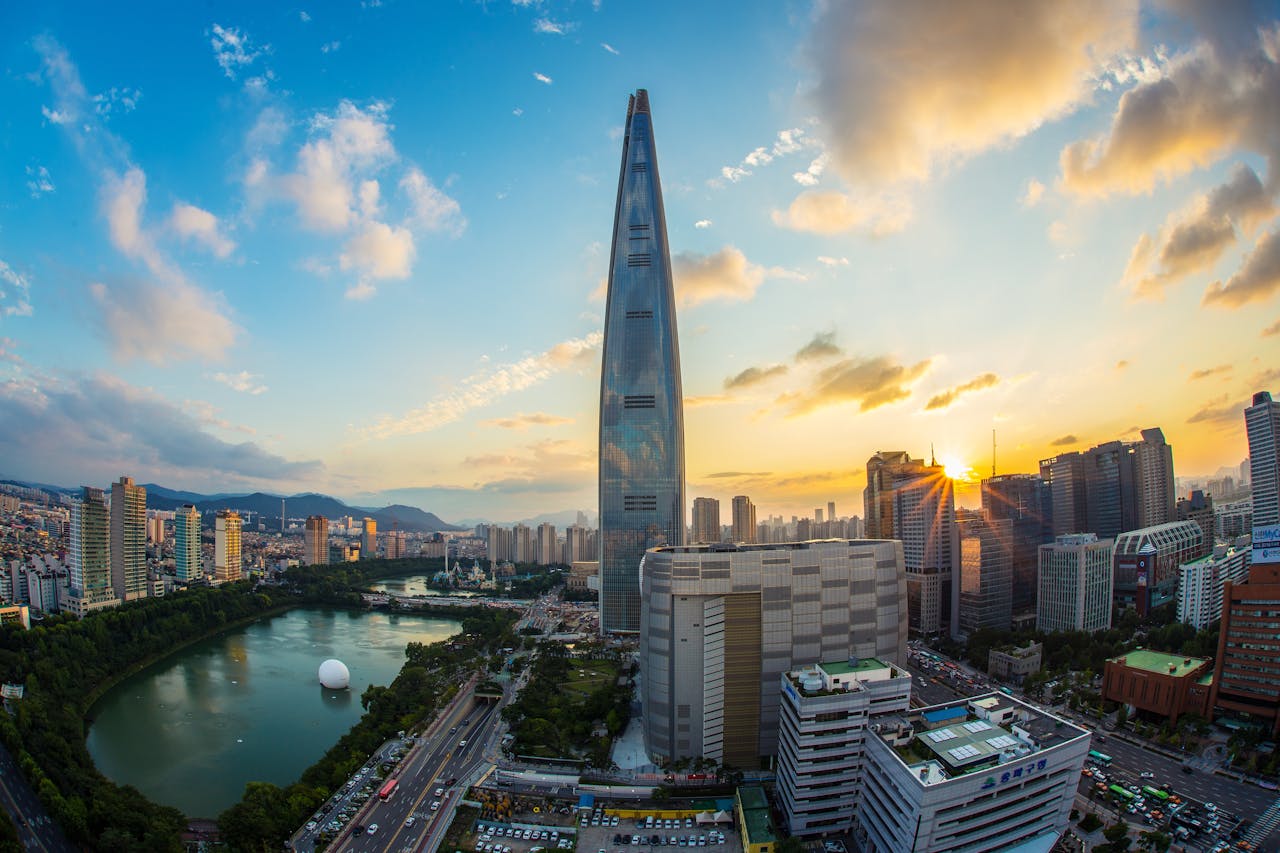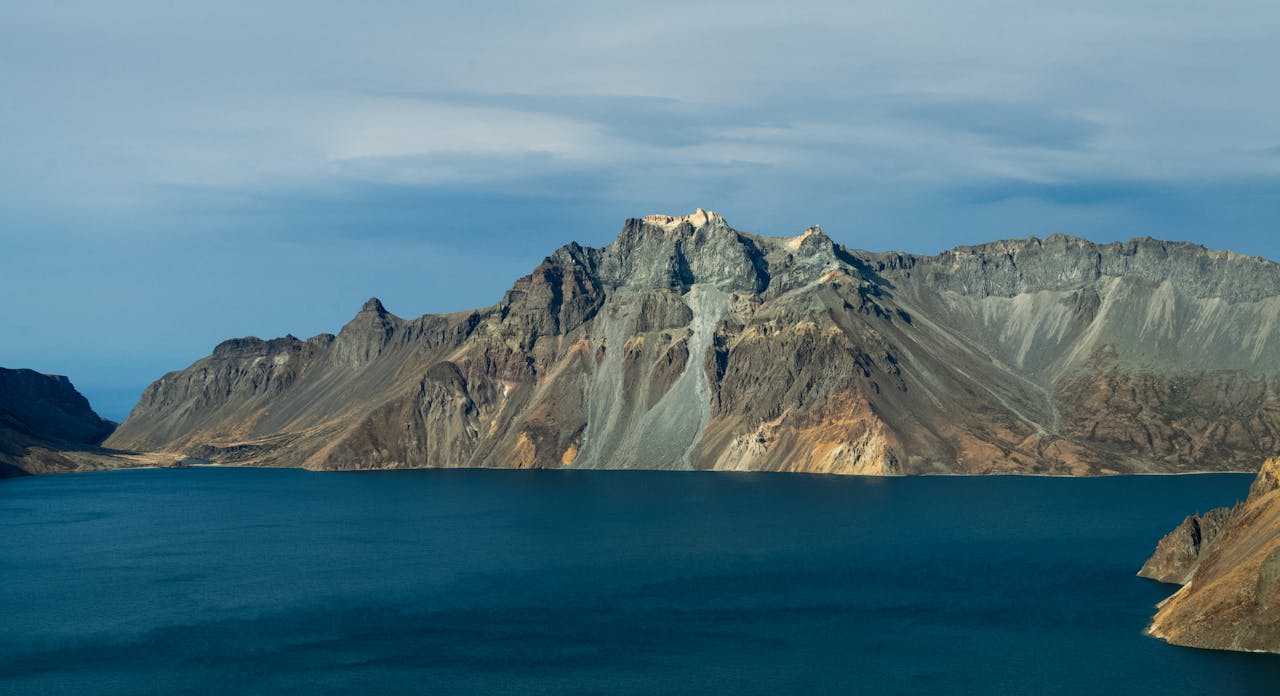North Korea: A Glimpse Inside the Hermit Kingdom

Explore the enigmatic land of North Korea—its monumental architecture, mountain landscapes, and isolated society. From Pyongyang’s grand plazas to Mount Paektu’s majestic peak, discover what lies behind the world’s most secretive borders.
North Korea: A Glimpse Inside the Hermit Kingdom
North Korea, officially the Democratic People's Republic of Korea (DPRK), is one of the most mysterious and isolated countries on Earth. Shrouded in secrecy and shaped by decades of authoritarian rule, the nation has developed a culture and political system unlike any other in the modern world. While access is strictly limited and heavily guided, those who do visit often find themselves captivated by the contrast between grandeur and control, history and propaganda, beauty and restriction.
🏛️ Pyongyang – The Showcase Capital
Pyongyang, the capital city, is often the centerpiece of any visit to North Korea. Built as a model city, it’s filled with wide boulevards, towering monuments, and government-choreographed displays of patriotism. Key landmarks include:
-
Juche Tower – A 170-meter monument symbolizing the Juche ideology of self-reliance.
-
Kim Il-sung Square – The site of many military parades.
-
Arch of Triumph – Even taller than Paris’s version, honoring Korean resistance fighters.
-
Mansudae Grand Monuments – Massive bronze statues of Kim Il-sung and Kim Jong-il, visited with deep reverence.
-
Metro System – Lavishly decorated with chandeliers, murals, and revolutionary art.
🏔️ Natural Beauty and Sacred Sites
Despite its political reputation, North Korea boasts stunning natural landscapes:
-
Mount Paektu – Considered sacred in Korean culture, this volcanic mountain on the Chinese border features a crater lake and mythical significance as the birthplace of the Korean people.
-
Mount Kumgang (Diamond Mountain) – Renowned for its scenic hiking trails and waterfalls.
-
Chilbosan Mountains – A lesser-known range offering dramatic cliffs and quiet temples.
-
Taedong River – Flowing through Pyongyang, it’s a lifeline and a picturesque highlight.
🏯 Historical Context and Cultural Heritage
North Korea has a long and proud history, shared in part with South Korea before the peninsula was divided post-WWII. While access to genuine heritage sites is limited, you can find:
-
Kaesong – Once the capital of the Koryo dynasty, offering UNESCO World Heritage sites like royal tombs and Confucian academies.
-
Revolutionary Sites – Locations tied to the Kim family legacy, often steeped more in narrative than historical accuracy.
-
Traditional Performances – Cultural shows with music, synchronized dance, and patriotic themes.
📜 Political and Social Structure
North Korea’s government is a hereditary dictatorship currently led by Kim Jong-un, the third generation of the ruling Kim dynasty. The country operates under Juche—a philosophy of self-reliance—and Songun, or "military-first" policy.
-
Propaganda and imagery dominate daily life, seen in murals, public service announcements, and mandatory state media.
-
Surveillance and control are deeply embedded in society, with citizens living under strict movement and communication restrictions.
Tourists are always accompanied by government-appointed guides, and independent exploration is prohibited.
🍽️ Cuisine Behind Closed Borders
North Korean food shares roots with Korean cuisine but with its own flair:
-
Naengmyeon – Cold buckwheat noodles, especially famous in Pyongyang.
-
Kimchi – Fermented vegetables, particularly radish and cabbage, often spicier and saltier.
-
Bibimbap – A rice bowl with assorted toppings, though simpler than South Korean versions.
-
Korean BBQ – Available for tourists, but rare for locals.
-
Makgeolli – Traditional rice wine served in countryside villages.
Meals for tourists are often carefully curated, and access to local food culture is limited.
🎉 Events and Ceremonies
-
Mass Games (Arirang Festival) – Synchronized gymnastics and performance on an enormous scale, held in Pyongyang’s May Day Stadium.
-
Day of the Sun (April 15) – Birth anniversary of Kim Il-sung, marked with parades and celebrations.
-
Military Parades – Held on national holidays and characterized by marching soldiers and missile displays.
🧭 Travel Essentials
-
Capital: Pyongyang
-
Currency: North Korean Won (KPW)
-
Language: Korean
-
Visa: Required; must travel via licensed tour company
-
Best Time to Visit: April–October
-
Tourism Type: Fully guided, no independent travel allowed
-
Dress Code: Conservative; respectful attire is required at monuments
🚫 What to Expect as a Tourist
-
No Internet or foreign mobile service
-
Guided at all times; even hotel staff report back to authorities
-
Photography restricted to approved areas
-
Political discussions are strongly discouraged
-
Visitors are expected to show respect to images and statues of the Kim family
❤️ Why Visit North Korea?
Though controversial, a visit to North Korea offers a one-of-a-kind look into a country that defies globalization. It's an opportunity to experience a controlled society, understand ideological influence, and witness remarkable architecture and natural beauty—all under strict supervision.
For some, it's a lesson in contrast. For others, a compelling journey into the unknown.

Comments (0)
Please login to leave a comment.